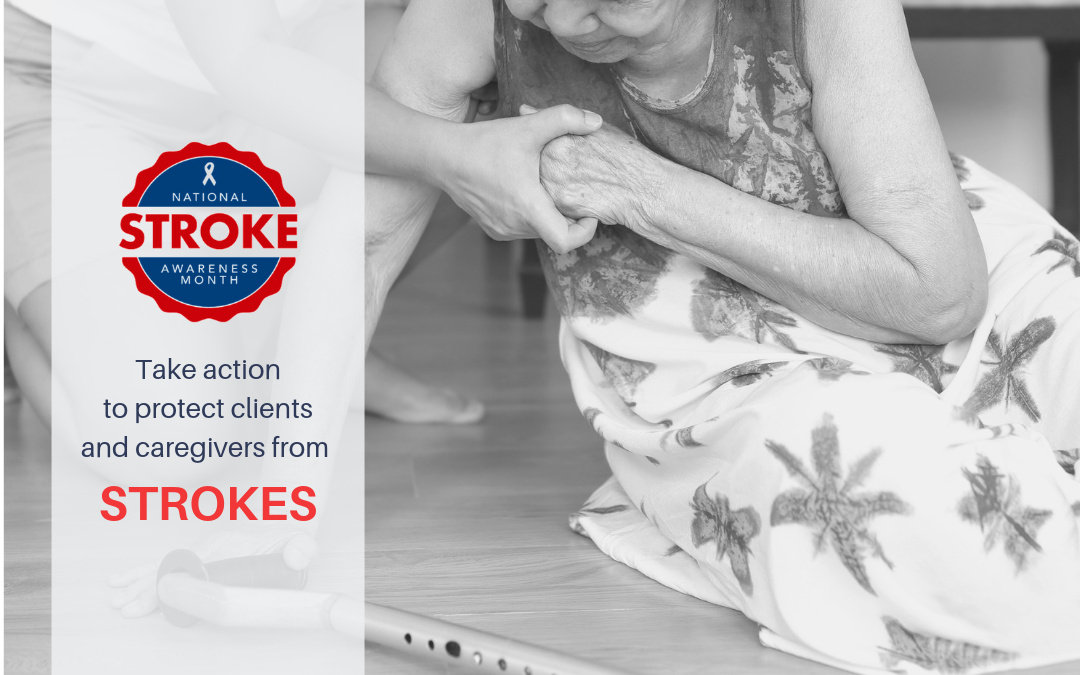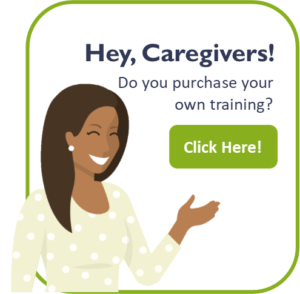According to the CDC, approximately 795,000 people
experience a stroke each year within the United States.
And, no one is immune to being at risk of
suffering a stroke—staff and patients alike.
ITK’s newest Caregiver Training Advisor, Andrew Chacho
explores the modifiable risk factors everyone
should know to reduce the risk of stroke.

Andrew says . . .
There are two causes of strokes; a loss of blood supply to the brain, known as ischemic stroke, or due to a sudden bleed into brain tissue caused by a burst in blood vessels, known as a hemorrhagic stroke.
This month, the focus is on modifying actions to reduce the greatest risk factors that are responsible for 90% of strokes globally.
What actions can decrease one’s risk for stroke?
- Reduce blood pressure to maintain normal levels
- Get active
- Maintain cholesterol within normal range
- Healthy diet
- Maintain a healthy weight
- Quit smoking
- Drinking alcohol in moderation
- Keep blood sugar within normal range
- Reduce stress
What can you do to help your staff?
Promote physical activity! Research has shown that hypertension, smoking, obesity, high cholesterol, and diabetes are among the leading causes of stroke nationally (healthfinder.gov, 2018). Among the easiest ways to aid in the reduction of all these risk factors is to get active! Establish a monthly health and wellness challenge, support a walk for charity, or provide a reward to those who go above and beyond. Not only will your staff feel more engaged and have more drive to get involved, but they will remain highly motivated as they work to a larger goal of getting more “fit.”
What can you do to help your clients ?
Similarly, we recommend promoting physical activity! Even something as simple as getting out of bed and walking the halls a few times each day will keep their muscles from wasting away, their blood flowing, and they will likely be feeling better by stretching.
Of course, getting active isn’t the end-all-be-all in reducing the risk for stroke, but it is an excellent place to start as many of the modifiable actions listed above can be combatted with adequate exercise throughout the week.
Recognize these signs?
If you feel that you see someone experiencing symptoms of a stroke, the acronym F.A.S.T. is the simplest method for identifying a stroke:
F: Face. Is there a droop on one side of the face?
A: Arms. Is there an uneven ability to raise the arms?
S: Speech. Is there a presence of slurred speech?
T: Time. Take action immediately. If medical attention is received within the first 3 hours following a stroke, the prognosis is better.
Is your team intheknow?
Are your caregivers prepared to help clients who are at risk for stroke? Will they know what to do if their client shows F.A.S.T. signs? If you already subscribe to intheknow‘s online learning portal, simply assign the following courses to your team:
Not a subscriber yet?
Contact Drew today for an e-learning demo or quote!




